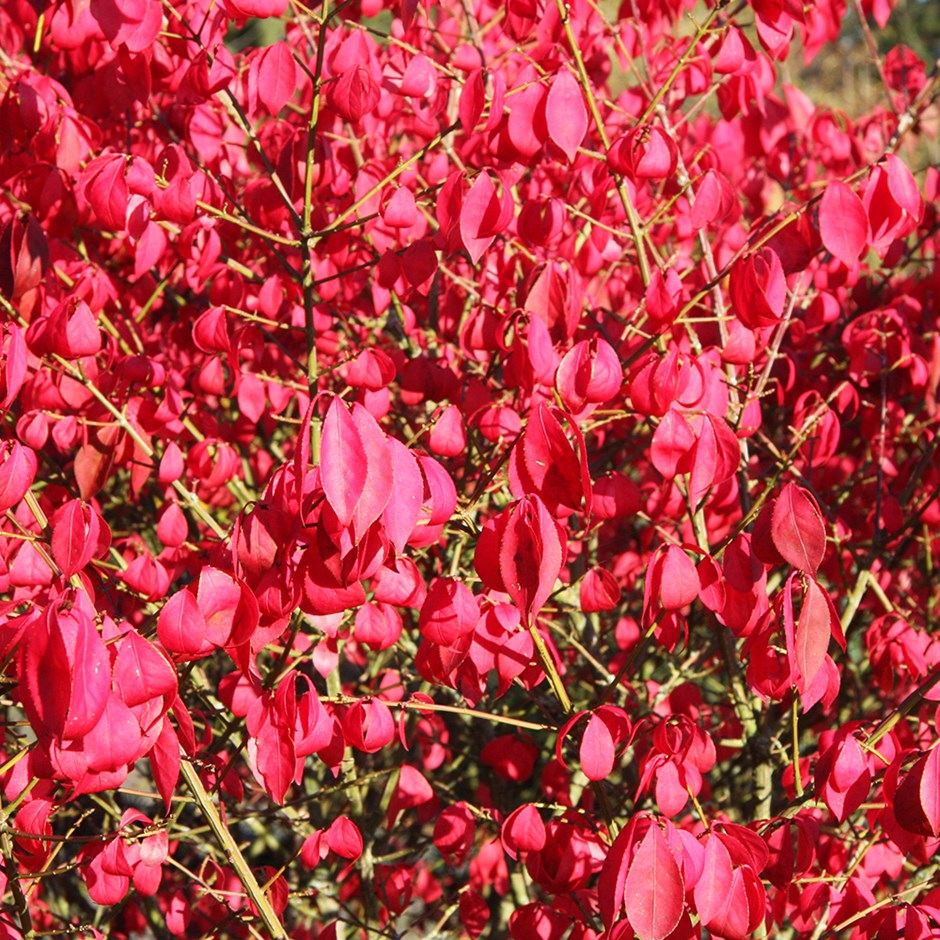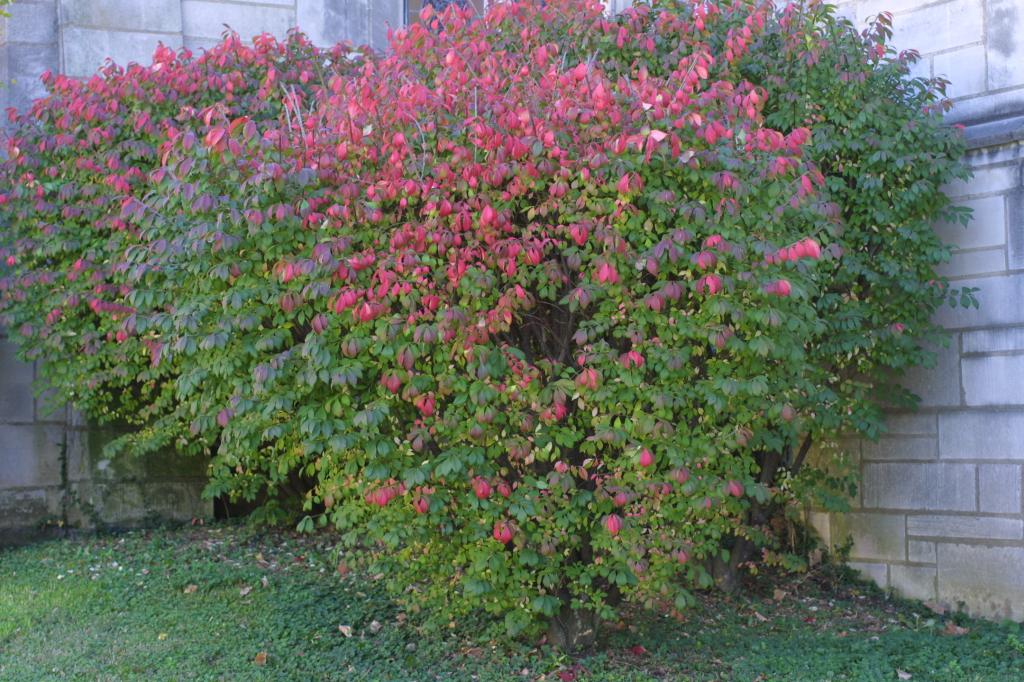In the fall, when you look at a dim garden, it becomes sad. After all, flowers that delight with their bright colors all summer are slowly fading. And by November already melancholy and despondency reign on the site. To correct the situation in the state of decorative shrubs - autumn favorites of any infield. After all, they are endowed by nature with a huge variety of shapes and colors that can change with the onset of the first frosts. These plants retain their decorative effect until the first steady colds.
general information
To make the site beautiful not only in summer but also in autumn, so-called decorative deciduous shrubs. With the help of these amazing plants, you can radically transform your garden, create a vibrant hedge. A feature of deciduous crops is their ability to remain beautiful and green, even when other bushes and trees yearn for their dead leaves or even bare branches, provoking a bad mood.
Even in winter, many deciduous crops do not lose their beauty. Of course, in the summer they are much more attractive than after the onset of frost. In this article, we will present a photo and description of a winged euonymus, a plant that for some time has been very often seen in Russian gardens. It will not only become an adornment of any site, but will also bring considerable benefit to the owner, thanks to its healing properties.
Euonymus winged: description
This shrub is striking due to its incredible lightness and airiness. The winged euonymus, whose photo fully proves this statement, was bred in Asia. It is universally grown in China, Japan and Korea. Today, the plant is incredibly popular among domestic gardeners. It allows you to create stunningly beautiful compositions on the site. Even those who do not own the basics of landscape design will see how his garden will be transformed after the winged euonymus appears in it. A photo of this deciduous shrub can often be seen in special literature, because it is used for boles, hedges and as a bright spot on a green lawn.

This slow-growing crop with a wide spreading crown sometimes reaches three to four meters in height. The euonymus has oval leaves reaching a length of five cm with a width of not more than two. They are located on small petioles opposite. During the year, branches grow by only fifteen centimeters. In summer, the winged euonymus practically does not stand out against the background of other plants. However, with the onset of autumn, it is completely transformed. Its foliage is painted in an unusual fiery red tint. It is in this season that its beauty is fully manifested. The shoots of this plant are also interesting: on each of them there are cork formations located on both sides. It is with the structure of the branches that the name of the bush is associated.
Bloom
The winged euonymus as if decorates a garden with bright burning spots. This shrub blooms with very inconspicuous yellow-green flowers, collected in inflorescences of three to five pieces. The buds have no aroma. But the fruits after ripening are a truly enchanting sight. Boxes hanging on thin legs are painted in bright shades: from burning orange to rich red. They immediately catch the eye on the background of green foliage.
And if during the autumn holiday of colors they are hardly noticeable, then after leaf fall they continue to stand out in bright spots. Bolls are kept on the bush throughout the winter.
Choosing a place to land
Representatives of the Bereskletovye family do not grow in wetlands located close to the underlying groundwater. Lowlands are also unfavorable for them, where stagnation of floods or accumulation of rainfall is observed. As a rule, in such places the plant withers and soon dies.
Those who are going to grow this plant in their garden should choose such areas where loose soil and open access to sunlight. Only in this case it will be possible to get a powerful bush. Planting a winged euonymus and caring for this deciduous shrub suggest that the gardener has certain skills and knowledge. For example, if heavy clay soil mainly predominates in the area, then it must first be diluted with expanded clay, sand and only then placed in the substrate seedlings. For a powerful spreading crown, the shrub will need an open area. Of course, a winged euonymus can withstand a slight shading, but in this case the color of the crown will not be so bright.
Landing process
It is better to choose seedlings in early spring, so that without delaying the planting, immediately transfer them to the ground.
To do this, you need to pre-prepare a hole with a diameter two times the size of the root system of the plant. This is necessary in order for the winged euonymus to develop comfortably. The earth should be carefully compacted, removing all excess air pockets. If the winged euonymus is planted correctly, then in a week it will be possible to observe the rapid growth of the bush.
The soil in terms of acidity should be neutral. During the rooting process, the bush requires abundant high-quality watering. In no case should it be allowed to dry out an earthen coma, although it should not be flooded daily. The seedling growth point must be located at the same level with the soil surface. Therefore, before watering, the neck of the shrub should be a few centimeters higher, since then the soil will sag. After two or three plentiful humidifications, the seedling will finally take the required position. In the first few days after planting, you should regularly water the soil around the plant.
Care
Special efforts from the gardener when growing this amazing plant will not be required. Proper care of winged euonymus is the observance of the correct irrigation regime, the implementation of seasonal pruning, loosening of soil and weeding.
From early spring to the last days of autumn, this incredibly beautiful ornamental shrub needs a constant supply of moisture. In this case, it is very important to maintain a balance: neither stagnation of water, nor strong drying of the earthen coma should be allowed. Caring for this deciduous plant involves mandatory weeding and cultivation. Tearing out weed roots around the bush is aeration of the euonymus roots. Weeding is carried out manually. A metal tool can damage a high-lying root system, which can die from mechanical damage.
At the beginning of spring, sanitary cutting of the bush should be carried out. With the help of a secateurs, all damaged and dry branches are removed, along the way too long and sticking shoots are cut. To form the crown, the euonymus is cut off after the formation of fruits on the bush. The winged euonymus is a frost-resistant plant that can withstand moderate frosts to -25 ° C. Therefore, it is not worth sheltering adult shrubs in the winter. Another thing is young plants that are vulnerable, and therefore require shelter with spruce branches or rough non-woven material.
Breeding
Landing a winged euonymus is a simple process. It can be independently carried out even by a beginner gardener. The plant is hardy and takes root well. There are several options for reproduction of winged euonymus. The most common are cuttings and division of the bush. In the first case, in early June, planting stock should be cut from an adult bush. Cuttings should be about 10 cm in length. Then they are planted in a soil mixture prepared in advance from turf land, sand and humus, at an angle of 45-60 degrees and covered with a film on top, creating a greenhouse. It is necessary to regularly air the cuttings and moisten the ground. By autumn, they should take root, and then it will be possible to plant them in open ground.

Another method of reproduction - dividing the bush - is the following process. In spring, when replanting a shrub, the rhizome is divided into several parts. You need to work as carefully as possible so as not to damage the system. Then the resulting daughter bushes need to be planted in separate pits. The winged euonymus also propagates by layering and seeds.
Top dressing
In the spring and summer periods, this shrub needs additional nutrition. It is recommended to introduce both complex mineral fertilizers and organic matter - humus or rotted compost. The shrub feels good on nutrient soil, so top dressing will certainly affect the decorativeness of the plant.
Diseases and Pests
Despite the fact that the winged euonymus is a poisonous crop, it is often attacked by pests such as aphids, ticks, mealybugs, etc. Since the fruits of this plant are inedible, insecticide treatment is permissible at any time. Few people know about the phenomenal feature that winged euonymus has. Reviews of experienced gardeners indicate that this plant is incredibly attractive to parasites. It, attracting insects from all neighboring trees, thus cleans the area of pests.
Reviews
This deciduous shrub has taken root well in our country. Especially landscape designers love the undersized euonymus winged “compactus”. The reviews of experts indicate that this variety perfectly combines several advantages at once: high decorativeness, unpretentiousness, ease of care. And although the euonymus can be planted both in spring and autumn, most gardeners recommend work in early April. In this case, judging by the reviews, the plant takes root better.
The winged euonymus, as many gardeners testify, being a frost-resistant plant, adapts equally well in any climatic zone. It grows well both in the gassed city and beyond. Therefore, this beautiful shrub can be found both in the composition of the lawn on the street of the metropolis, and in the country or in a personal plot.